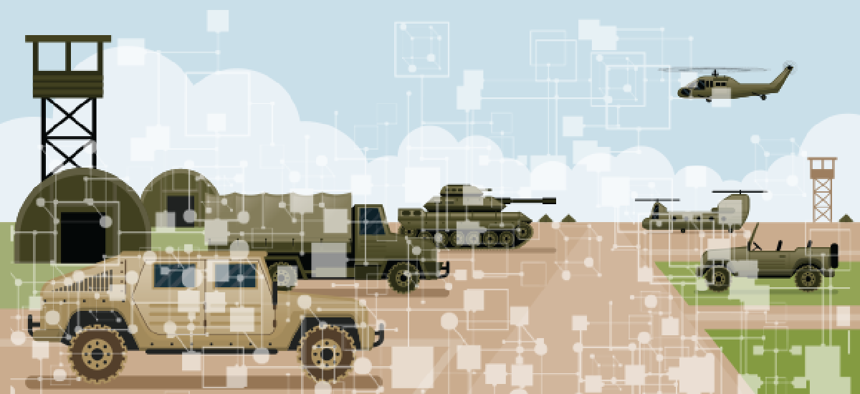DOD makes plans to support emerging tech on base
The Pentagon wants to take advantage of emerging technologies, but lawmakers raised concerns that the military's base and depot infrastructure may be challenged to support that innovation.
The Pentagon wants to take advantage of emerging technologies, such as 5G and the internet of things, on base as well as on the battlefield. Lawmakers, however, raised concerns that base and depot infrastructure may have trouble supporting that innovation.
When Rep. Mike Rogers (R-Ala.) asked military readiness leadership during a Nov. 21 House Armed Services Subcommittee on Readiness hearing whether they were concerned "that you're going to wake up one day and not be able to have the infrastructure to work on those new technologies," the question was initially met with silence .
Rogers continued, noting that depots have historically struggled to get military construction funds for infrastructure upgrades: "What do you think you're going to be able to do about that in the future? Do you think you're going to be able to be more aggressive in that front and productive?"
Vice Adm. Thomas Moore, head of Naval Sea Systems Command, acknowledged the problem, testifying that the Navy had experienced difficulties securing military construction funds because it had each of the depots "compete against themselves."
However, he said, that issue was addressed as the Navy implemented its shipyard infrastructure optimization plan, which "takes a look at the infrastructure needs across the entire organic depots … and then the Navy can set the priorities," Moore said. "So I think the competition for MILCON is best served when you can put an integrated plan together and you're not just doing this one project at a time."
The Marine Corps is working on a similar plan and has three ongoing construction projects, said Maj. Gen. Joseph Shrader, commanding general for Marine Corps Logistics Command.
Marine Corps Logistics Base in Albany, Ga., was one of the first DOD locations to get 5G capability and also is moving to become a "net zero energy consumer through employing renewable and resilient technologies," the commander said.
Shrader said the new 5G infrastructure "will enable us to employ more capable, automated and IT maintenance management solutions."
To prepare for imminent tech shifts, the Army is leaning heavily on Futures Command, according to Lt. Gen. Duane Gamble, the Army's deputy chief of staff, G-4.
"In some cases, we don't know what the modernized system looks like quite yet," he said. "There are decision points for every program along the way so that the industrial base, the infrastructure can be modified, improved, or reconstructed, developed or restored or modernized through [Sustainment, Restoration, and Modernization] funding."
Gamble also said the Army was "cognizant" but not worried about declining infrastructure unable to support developing technologies.
"We don't want to wake up one day and have a system that we don't have the sustainment capability of Army to maintain it," Gamble said.
This article was first posted to FCW, a sibling site to Defense Systems.






